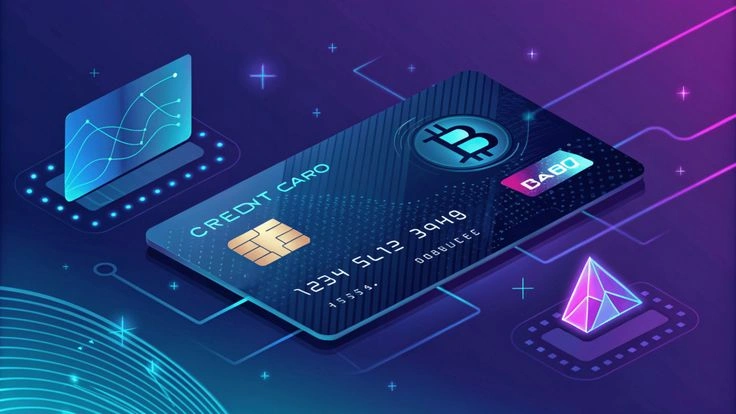As cryptocurrencies continue to shift from niche digital assets to mainstream financial tools, the integration of crypto with everyday banking systems is gaining momentum. One of the most significant developments in this space is crypto and bank card integration—a concept that allows users to spend digital currencies just like traditional money.
This article explains how this integration works, highlights key players in the space, and outlines both the advantages and potential risks that come with it.
What Is Crypto and Bank Card Integration?


At its core, crypto and bank card integration refers to the fusion of cryptocurrency wallets with traditional debit or credit card systems. With this setup, users can spend cryptocurrencies such as Bitcoin or Ethereum at any merchant that accepts standard card payments.
The process usually involves real-time conversion of crypto into fiat currency at the point of transaction. This removes the need for manual transfers or exchanges before making a purchase.
How Does It Work?
- Issuance: Crypto cards are issued by fintech platforms or exchanges in partnership with major payment networks like Visa or Mastercard.
- Linking: These cards are connected to a user’s crypto wallet, often with support for multiple tokens.
- Conversion: When a transaction occurs, the required amount of crypto is automatically converted to fiat and paid to the merchant.
- Accessibility: Users can often manage their spending, balances, and crypto-to-fiat conversions through mobile apps.
Examples include cards from Binance, Crypto.com, and Coinbase—all of which allow users to transact with digital assets in real-world settings.
Why Is This Integration Gaining Attention?


For years, a key criticism of cryptocurrency was its limited real-world utility. While people could trade, invest, or hold crypto, they couldn’t easily use it for everyday purchases.
Crypto-integrated bank cards aim to solve this by making crypto spendable in the same way as fiat. Here are some reasons why this is considered a major step forward:
- Convenience: No need to manually convert crypto to fiat before spending.
- Rewards: Many platforms offer crypto cashback and other incentives.
- Financial Autonomy: Users can hold and spend crypto without relying entirely on traditional banking systems.
- Innovation Appeal: Companies offering these services are seen as technologically progressive.
Potential Challenges and Risks

Despite the convenience, crypto and bank card integration comes with notable concerns:
1. Volatility
Cryptocurrency values can fluctuate rapidly. This can make budgeting difficult for everyday purchases. For instance, a token worth $50 today could drop to $30 by tomorrow, reducing purchasing power unexpectedly.
2. Regulatory Uncertainty
Cryptocurrency laws vary widely across jurisdictions. A card that works seamlessly in one country may be unusable in another due to local restrictions or bans on crypto transactions.
3. Security Concerns
While blockchain technology is secure, user wallets and exchanges can still be vulnerable to hacking. Unlike traditional banks, crypto services may not always offer strong fraud protection or recovery options.
4. Complexity for New Users
For individuals unfamiliar with digital assets, using crypto cards can feel confusing. Managing multiple wallets, tracking market rates, and understanding fees require a level of digital literacy.
Is Crypto and Bank Card Integration the Future?

While crypto card adoption is growing, it’s too early to say whether this model will become the financial standard. However, it clearly represents a major step toward bridging digital finance with traditional systems.
The success of this integration will depend on:
- Stronger regulatory frameworks to protect users and build trust.
- Improved user education on how crypto cards work and how to manage risks.
- Technological innovation to improve security and usability.
- Greater market stability, which would make crypto spending more predictable.
Final Thoughts
Crypto and bank card integration offers a glimpse into the future of finance—where digital and traditional assets coexist within a seamless payment system. It holds immense potential, but its long-term viability hinges on overcoming volatility, security concerns, and regulatory gaps.
For now, those interested in using such cards should stay informed, use reputable platforms, and maintain a diversified financial approach. As with all innovation, balance and awareness are key to navigating this evolving landscape.
Relevant news:HERE






